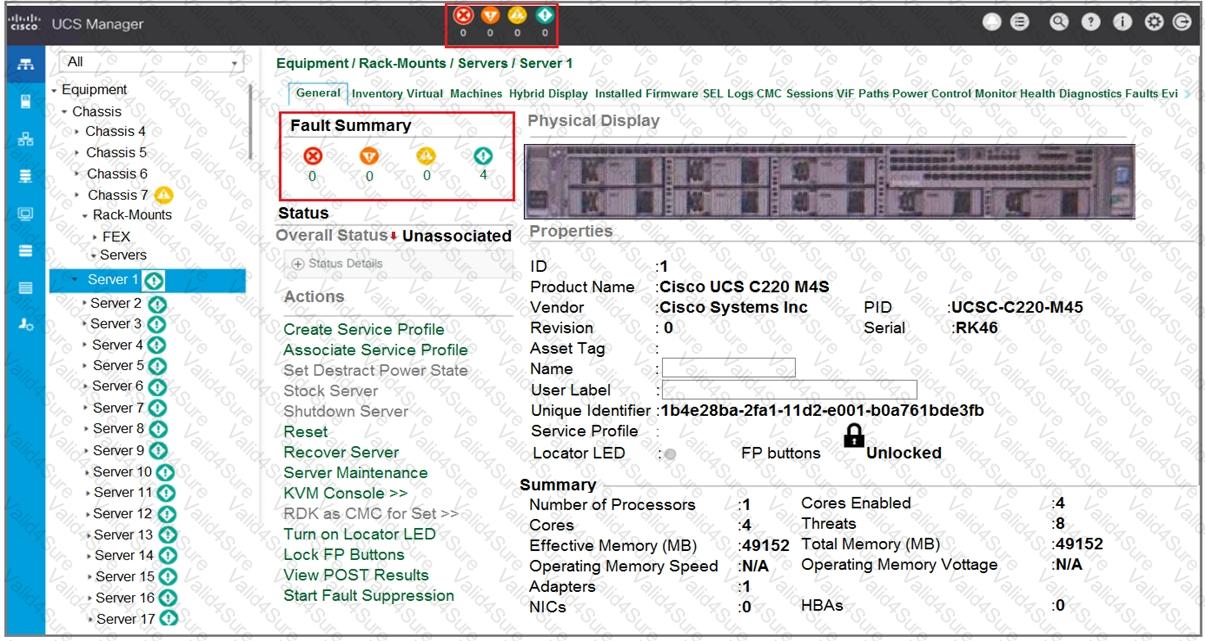When dealing with high-speed network connections, selecting the appropriate transceiver is crucial for ensuring optimal performance and compatibility. For 100 Gigabit Ethernet (100GbE), certain transceiver types are specifically designed to handle the required data rates and signal integrity. Among the options provided, QSFP28 and SFP-DD are the transceivers that support 100GbE.
1. QSFP28 (Quad Small Form Factor Pluggable 28):
Definition:
QSFP28 is an enhanced version of the QSFP+ transceiver. The "28" denotes its capability to handle 28 Gbit/s per lane, facilitating higher aggregate data rates.
Support for 100GbE:
QSFP28 is widely used for 100 Gigabit Ethernet applications. It achieves this by aggregating four lanes of 25 Gbit/s each, totaling 100 Gbit/s.
Common Standards:
100GBASE-SR4: Short-range applications using multimode fiber.
100GBASE-LR4: Long-range applications using single-mode fiber.
Advantages:
High Density: Allows for compact network designs with multiple high-speed connections.
Flexibility: Supports various fiber types and distances based on the specific 100GbE standard implemented.
2. SFP-DD (Small Form Factor Pluggable Double Density):
Definition:
SFP-DD is an evolution of the traditional SFP form factor, designed to accommodate higher data rates by doubling the number of lanes. "DD" stands for Double Density.
Support for 100GbE:
SFP-DD can support 100 Gigabit Ethernet by utilizing four lanes of 25 Gbit/s each, similar to QSFP28. Additionally, it is scalable to support even higher data rates like 200GbE and 400GbE.
Common Standards:
100GBASE-DR: Direct attach copper for short distances.
100GBASE-FR4: Fiber optic for higher bandwidth and longer distances.
Advantages:
Scalability: Provides a path forward for future high-speed Ethernet standards.
Compatibility: Designed to be backward compatible with existing SFP-based infrastructures, allowing for easier upgrades.
Why the Other Options Are Incorrect:
A. SFP28:
SFP28 is primarily designed for 25 Gigabit Ethernet (25GbE). While it can handle higher speeds through lane aggregation in some specialized applications, it is not natively designed for 100GbE.
C. QSFP+:
QSFP+ supports up to 40 Gigabit Ethernet (40GbE). It lacks the necessary lane capacity and signaling enhancements required for native 100GbE support.
E. SFP+:
SFP+ is used for 10 Gigabit Ethernet (10GbE) and 16 Gigabit Fibre Channel. It does not support the data rates required for 100GbE.
Visual Representation:
Transceiver Type
Supported Ethernet Speeds
Lanes Used
Form Factor
QSFP28
100GbE
4 x 25G
Quad Small Form Factor
SFP-DD
100GbE, 200GbE, 400GbE
4 x 25G
Double Density SFP
SFP28
25GbE
1 x 25G
Small Form Factor Plus
QSFP+
40GbE
4 x 10G
Quad Small Form Factor Plus
SFP+
10GbE, 16GbFC
1 x 10G
Small Form Factor Plus
Summary:
For 100 Gigabit Ethernet applications, QSFP28 and SFP-DD are the two transceiver types that are specifically designed to handle the necessary data rates and provide the required performance. These transceivers offer the scalability, density, and flexibility needed for modern high-speed network infrastructures.
Therefore, the correct answers are Options B and D: QSFP28 and SFP-DD.

